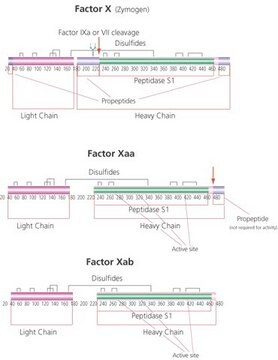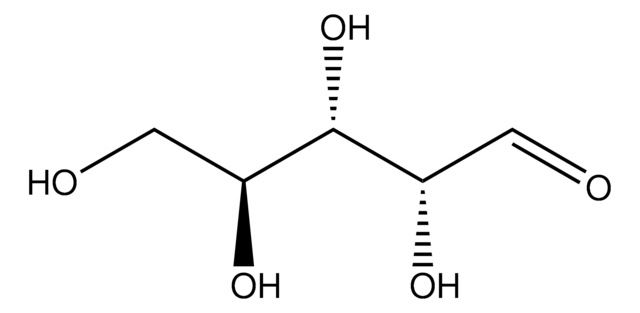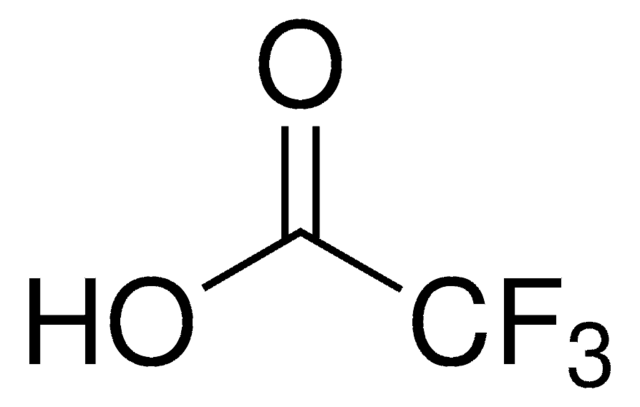43420
β-Nicotinamide adenine dinucleotide, reduced disodium salt hydrate
≥95.0% (HPLC)
Synonym(s):
β-DPNH, β-NADH, DPNH, Diphosphopyridine nucleotide, reduced form, NADH
About This Item
Recommended Products
Quality Level
Assay
≥95.0% (HPLC)
form
powder
cation traces
Ca: ≤200 mg/kg
Cd: ≤5 mg/kg
Co: ≤5 mg/kg
Cr: ≤5 mg/kg
Cu: ≤20 mg/kg
Fe: ≤5 mg/kg
K: ≤200 mg/kg
Mg: ≤200 mg/kg
Mn: ≤5 mg/kg
Ni: ≤5 mg/kg
Pb: ≤5 mg/kg
Zn: ≤5 mg/kg
absorbance ratio
A260/340 nm ≤2.40
storage temp.
−20°C
SMILES string
O.[Na+].[Na+].NC(=O)C1=CN(C=CC1)[C@@H]2O[C@H](COP([O-])(=O)OP([O-])(=O)OC[C@H]3O[C@H]([C@H](O)[C@@H]3O)n4cnc5c(N)ncnc45)[C@@H](O)[C@H]2O
InChI
1S/C21H29N7O14P2.2Na.H2O/c22-17-12-19(25-7-24-17)28(8-26-12)21-16(32)14(30)11(41-21)6-39-44(36,37)42-43(34,35)38-5-10-13(29)15(31)20(40-10)27-3-1-2-9(4-27)18(23)33;;;/h1,3-4,7-8,10-11,13-16,20-21,29-32H,2,5-6H2,(H2,23,33)(H,34,35)(H,36,37)(H2,22,24,25);;;1H2/q;2*+1;/p-2/t10-,11-,13-,14-,15-,16-,20-,21-;;;/m1.../s1
InChI key
FWBNCIFELNNJCX-UHOVGGJYSA-L
Looking for similar products? Visit Product Comparison Guide
Application
Biochem/physiol Actions
As a reagent, NADH can be used in enzyme cycling assays to amplify detection of activity of biologically relevant enzymes or metabolites present in low concentrations.
Packaging
Storage Class Code
11 - Combustible Solids
WGK
WGK 3
Flash Point(F)
Not applicable
Flash Point(C)
Not applicable
Personal Protective Equipment
Certificates of Analysis (COA)
Search for Certificates of Analysis (COA) by entering the products Lot/Batch Number. Lot and Batch Numbers can be found on a product’s label following the words ‘Lot’ or ‘Batch’.
Already Own This Product?
Find documentation for the products that you have recently purchased in the Document Library.
Customers Also Viewed
Our team of scientists has experience in all areas of research including Life Science, Material Science, Chemical Synthesis, Chromatography, Analytical and many others.
Contact Technical Service







